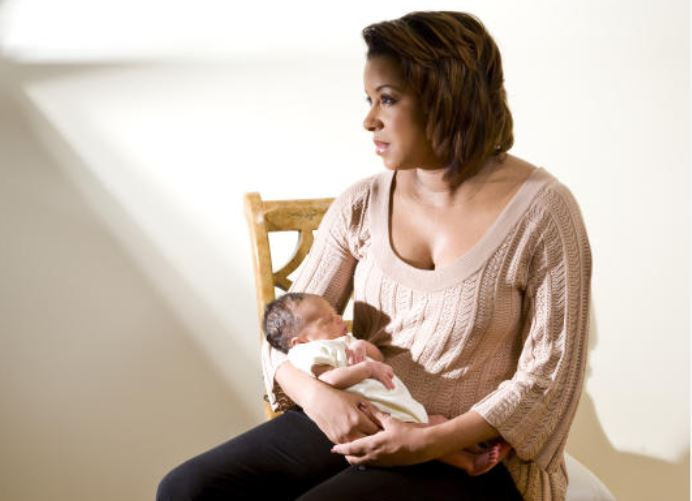
The uterus may acquire scars that make the walls dense and sticky. This condition is also referred to as intrauterine adhesions or Asherman’s syndrome.
The uterus is naturally shaped like a balloon, with its front and back lining against each other. The superficial layer of this lining is shed every cycle of menstruation. It is also on the walls of this lining that the embryo implants when a woman becomes pregnant.
Injuries to the lining of the uterus due to infections or surgery may cause damage and abnormal scarring that makes the walls adhere to each other. The scarring can be mild, with thin strands of scar tissue or severe requiring medical attention when the scar tissue is thick and fibrous.
Problematic adhesions
Intrauterine adhesions are usually fibrous bands that form as a response to a targeted procedure.
Formation of scar tissue may become problematic when the adhesions, due to their lack of elasticity and flexibility, impair the normal movement and action of the pelvic organs. For instance, adhesion may cause the fallopian tubes to toughly adhere to the ovaries causing pelvic pain.
Adhesions are also linked as possible causes of blocked fallopian tubes. The condition can make conception difficult, increase the risk for pregnancy complications or be a reason enough for infertility.
What causes scarring
Intrauterine adhesions are mainly associated with trauma to the uterine wall. It is documented in PubMed that curettage between the second and fourth week post-partum is the more likely cause of adhesions compared to any other form of uterine trauma.
Dilation and curettage is a procedure that involves the opening of the cervix and surgically removing the contents of the uterus by scooping or scrapping. It is normally performed in case of a non-viable pregnancy or incomplete miscarriage.
According to doctors from Footsteps to Fertility in Nairobi, intrauterine adhesions can be a result of post-partum or post-abortion inflammation and in other instances, pelvic infection. Less common causes include infection with schistosomiasis or tuberculosis.
Common symptoms
Mild symptoms often go unrecognised until when a woman desires motherhood.
Dr Thias Aliabadi says symptoms include amenorrhea, severe menstrual cramps and pelvic pain.
Amenorrhea is where a woman experiences very light periods, infrequent or no bleeding at all. Some women experience a decrease in the days and quantity of menstrual bleeding.
This occurs when the scar tissue replaces the endometrium — which is the lining that sheds in every cycle of the menses to allow normal menstruation.
Dense adhesions can also cause partial or complete blockage of the cervical opening, blocking the flowing of menses. Amenorrhea is associated with extensive endometrial damage.
Then there is infertility, recurrent miscarriages or difficulty staying pregnant. Intrauterine adhesions can decrease the blood supply to the uterine wall. Interfering the normal functions of the uterine wall.
Although it is possible to conceive while you have intrauterine adhesions, chances of stillbirth or a miscarriage are more elevated compared to women without the condition.
Treatment involves surgery to cut and remove the adhesions or scar tissue. This can most often be done with hysteroscopy, which uses small instruments and a camera placed into the uterus through the cervix.
After scar tissue is removed, the uterine cavity must be kept open while it heals to prevent adhesions from returning. Your health care provider may place a small balloon inside the uterus for several days in the hope of preventing recurrence of adhesion formation. You may also need to take estrogen while the uterine lining heals.
A 30-day orally administered estrogen regimen may help the uterus shed off old tissue and regrow a healthier endometrium.
You may need to take antibiotics if there is an infection.
In some cases, the endometrial lining may be relatively thin following hysteroscopic treatment of IUA. Additional estrogen administered vaginally along with vaginal viagra treatment may help improve the thickness of the inner lining of the uterus.
It is important to note that the possibility of a successful pregnancy after treatment depends on how extensive the adhesions were on the endometrium.
 The Standard Group Plc is a multi-media organization with investments in media platforms spanning newspaper print
operations, television, radio broadcasting, digital and online services. The Standard Group is recognized as a
leading multi-media house in Kenya with a key influence in matters of national and international interest.
The Standard Group Plc is a multi-media organization with investments in media platforms spanning newspaper print
operations, television, radio broadcasting, digital and online services. The Standard Group is recognized as a
leading multi-media house in Kenya with a key influence in matters of national and international interest.










